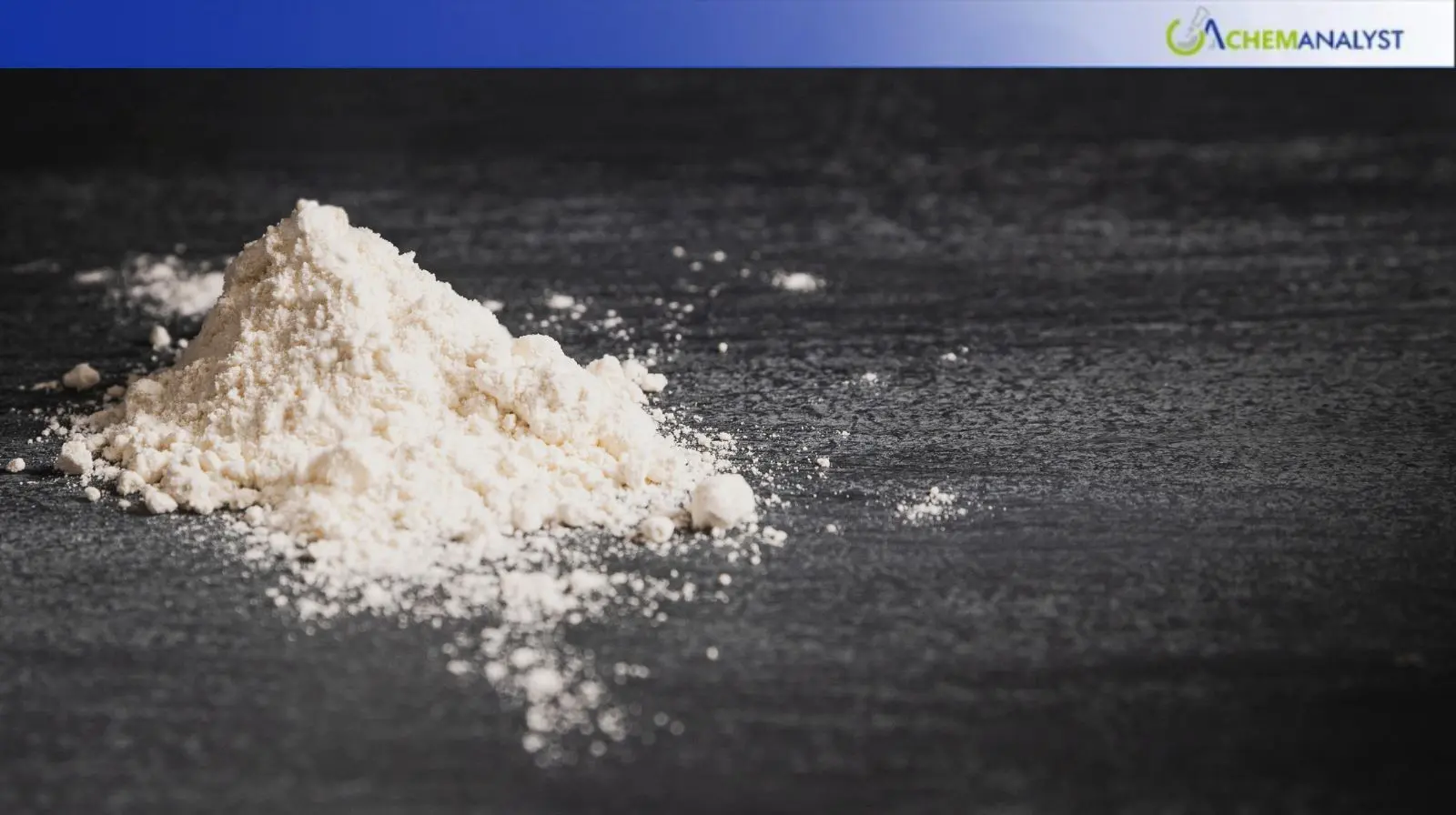Welcome To ChemAnalyst

In September, the U.S. Polyacrylamide (PAM) market saw a slight increase of 0.76%, which was mainly due to the increase in demand from the mining sector and the overall business optimism regardless of the trade wars. This increase is the outcome of a mixture of various macroeconomic factors, specific industry dynamics, and changes in the supply chain situation.
Polyacrylamide is a polymer that dissolves in water and has multiple uses in different industries like mining, wastewater treatment, and oil recovery. The demand for PAM has been fluctuating in the past, but the latest statistics are revealing a resurgence of demand, with mining being one of the prominent factors. The Federal Reserve has reported a 1% increase in U.S. mining production in August 2025 compared to August 2024, which can be taken as a sign of growth in industrial activities and resource extraction.
Thus, the increase in mining production has created a situation where more PAM is needed. PAM, which is the most common flocculant for mineral processing, usually has its demand levels directly linked to the trends in the mining sector PAM. Hence, the increased activity in domestic mining—especially the extraction of metals and coal—has been mirrored in the increased purchases of PAM by the processing plants and the consequent upward movement of market sentiment and prices.
In a surprising turn of events, U.S. factory orders' increase was accompanied by the PAM market, which, however, was not affected due to the good relationships with the domestic infrastructure and environmental sectors. PAM has successfully penetrated this market and, relatively speaking, not been harmed by it at all.
The price of feedstock acrylamide, which is the most important raw material for the production of PAM, decreased by 1.08% from the supply side. The drop could be a sign of either too much supply or an upstream shift to ease pressure but still, it has helped support the raising costs of inputs caused by tariffs and inflation. The manufacturers paid lower prices for the raw materials which allowed them to keep their margins and offer stable pricing strategies.
Inflation has however not been as disruptive as it used to be and has still kept its position above the series average, the prices of industrial chemicals including PAM have been raised at a slower rate. Therefore, the price control has made PAM more attractive to local customers who have consequently increased their demand. Furthermore, the increase in the business confidence index for the month of September has pushed companies to make pledges about expanding their operations and taking in more staff which has, in turn, resulted in a rise of industrial consumption indirectly.
As per ChemAnalyst, the PAM price trend in the US will soon ascend following the U.S. mining industry's expected higher demand. The external factors of trade conflicts and inflation still persist; however, the sector's link to the country's priorities and infrastructure needs serves as a protection against global downturns.
We use cookies to deliver the best possible experience on our website. To learn more, visit our Privacy Policy. By continuing to use this site or by closing this box, you consent to our use of cookies. More info.
